Health and Wellness Trends
The pet food-ingredients market in North America is significantly influenced by the prevailing health and wellness trends among consumers. Pet owners increasingly prioritize the nutritional value of pet food, mirroring their own dietary preferences. This shift has led to a heightened demand for ingredients that are organic, grain-free, and rich in protein. According to recent surveys, nearly 60% of pet owners express a willingness to pay more for premium ingredients that contribute to their pets' health. This trend not only reflects a growing awareness of pet nutrition but also indicates a potential shift in purchasing behavior, as consumers seek transparency in ingredient sourcing. As a result, the pet food-ingredients market is adapting to these health-conscious demands, fostering innovation in product formulations and ingredient sourcing.
Rising Pet Ownership Rates
The pet food-ingredients market in North America experiences a notable boost due to the increasing rates of pet ownership. As more households adopt pets, the demand for high-quality pet food ingredients escalates. Recent statistics indicate that approximately 70% of U.S. households own a pet, which translates to over 90 million dogs and 94 million cats. This surge in pet ownership drives manufacturers to innovate and diversify their ingredient offerings, catering to the evolving preferences of pet owners. The growing awareness of pet health and nutrition further propels this trend, as owners seek premium ingredients that promote the well-being of their pets. Consequently, the pet food-ingredients market is likely to witness sustained growth as it adapts to the needs of an expanding consumer base.
Evolving Regulatory Standards
The pet food-ingredients market in North America is subject to evolving regulatory standards that impact ingredient sourcing and labeling. Regulatory bodies, such as the FDA and AAFCO, continuously update guidelines to ensure the safety and quality of pet food products. These changes often reflect growing consumer concerns regarding ingredient transparency and safety. For instance, recent regulations have emphasized the need for clear labeling of ingredients, which has prompted manufacturers to adopt more stringent quality control measures. Compliance with these regulations not only enhances consumer trust but also drives innovation in ingredient sourcing and formulation. Consequently, the pet food-ingredients market must remain agile in adapting to these regulatory changes, which could influence product development and marketing strategies.
Sustainability Initiatives in Ingredient Sourcing
Sustainability initiatives in ingredient sourcing are becoming increasingly relevant in the pet food-ingredients market in North America. As consumers become more environmentally conscious, there is a growing demand for sustainably sourced ingredients. This trend is reflected in the rise of brands that prioritize eco-friendly practices, such as sourcing ingredients from responsible suppliers and reducing carbon footprints. Recent studies suggest that nearly 50% of pet owners are willing to choose brands that demonstrate a commitment to sustainability, even if it means paying a premium. This shift not only influences consumer purchasing decisions but also encourages manufacturers to innovate in their sourcing practices. As a result, the pet food-ingredients market is likely to see a rise in products that align with sustainability goals, fostering a more responsible approach to pet nutrition.
Technological Advancements in Ingredient Processing
Technological advancements in ingredient processing are reshaping the pet food-ingredients market in North America. Innovations in food technology, such as extrusion and freeze-drying, enhance the nutritional profile and shelf life of pet food ingredients. These processes allow manufacturers to create products that retain essential nutrients while improving palatability. Furthermore, advancements in analytical techniques enable better quality control and ingredient verification, ensuring that products meet safety standards. The integration of technology in ingredient processing not only boosts efficiency but also aligns with consumer expectations for high-quality, safe pet food. As a result, the pet food-ingredients market is likely to see increased investment in research and development, fostering a competitive landscape that prioritizes innovation.


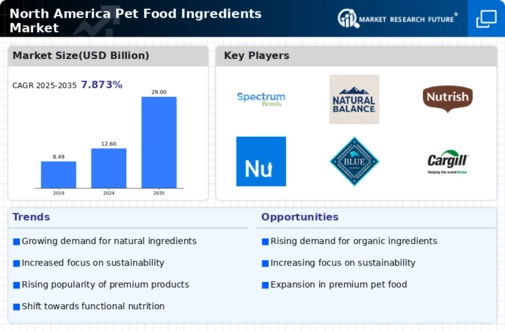
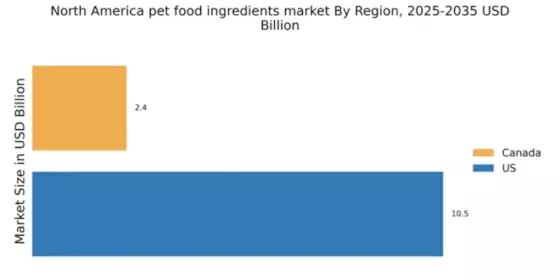
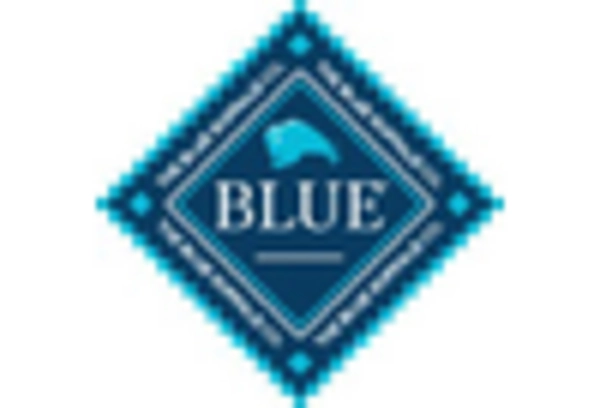
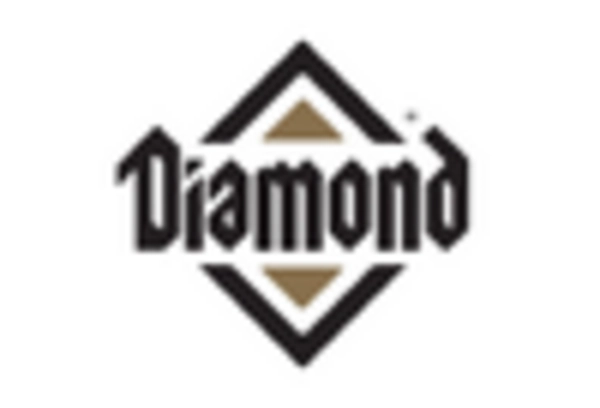
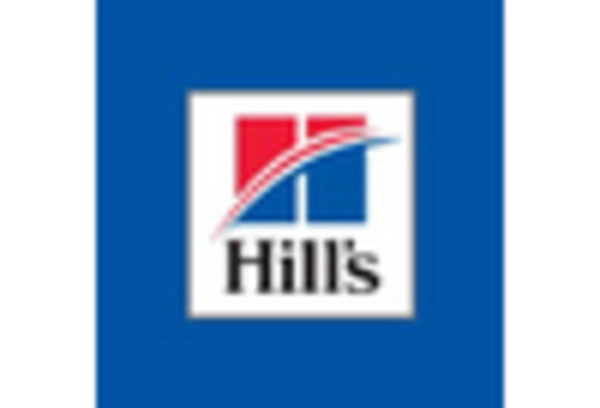


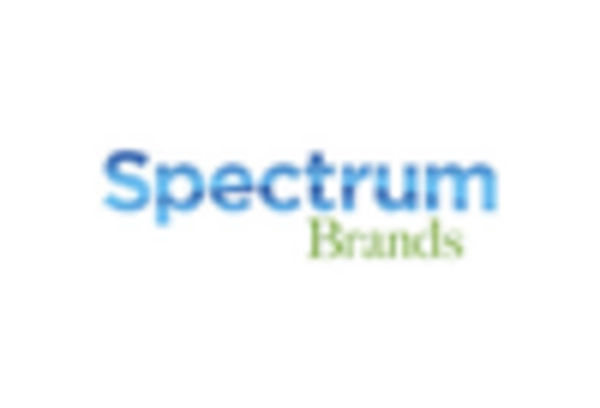








Leave a Comment